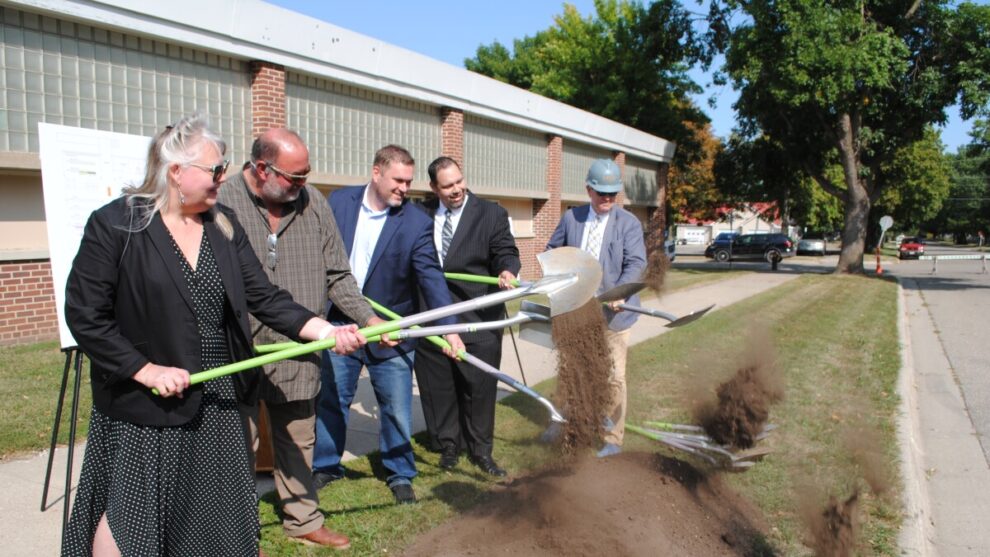The region’s needs are multi-faceted. The Regional Development Commission plays a supporting role in helping cities and counties address them.
APPLETON — In the heart of winter, Deb Brown went from town-to-town in Swift County to learn what people felt was needed to help their communities grow.
The list she collected last February was as long as a Minnesota winter.
Yet Brown, who operates Building Possibility to help small towns identify their opportunities for growth, spoke optimistically of what she found. Swift County offers a family-friendly environment that many desire, she told her sponsors with Swift County Development. Its biggest challenge is to market what it offers, Brown concluded.
Since its start in 1974, the Upper Minnesota River Valley Regional Development Commission has been working with Swift and the other four counties in the region — Big Stone , Chippewa , Lac qui Parle , and Yellow Medicine — to address the checklist of items that Brown collected during her visit.

Dawn Hegland and her staff at the UMVRDC know the list well. Housing, transportation, municipal infrastructure, child care, recreation and broadband are among the top needs, she said.
They represent millions and millions of dollars in needs, according to Hegland, executive director of the RDC.
“There is no single thing, that’s what makes it so complicated,” said Hegland of efforts to revitalize the region.
“It’s what keeps me up at night,” she admitted. “What is the right thing we should work on?”
The public infrastructure in the region is aging, and resources are limited in a relatively sparsely populated region of small towns with an aging demographic, she explained. Seventy percent of the 37 communities in the five counties are under 500 in population. Yet there are millions of dollars of water and wastewater and road needs in those communities.

The RDC plays an important, if behind-the-scenes, role in helping the counties and communities address the needs. It provides staff support needed by the communities to access state and federal funds and to help with strategic planning. It offers professional services that small communities do not have the staff to provide.
Hegland said the state legislature has allocated millions of new dollars towards housing. The RDC is making it a priority to represent the region in seeking those funds, although it will be a challenge. Many of those dollars are aimed at needs in larger, urban areas, she noted.
We don’t need more jobs. We need more people.
Dawn Hegland, UMVRDC executive director
Like Brown, Hegland also speaks optimistically about the region, the challenges notwithstanding. Communities are finding ways to address the needs, such as housing., She pointed to Montevideo and Canby as examples where investments are being made in new housing. Canby has used tax increment financing effectively to assist development.
Dawson and Madison are among the communities in the midst of expensive infrastructure projects this year.

Communities are also investing in improving the quality of life to attract new residents. Granite Falls is making investments in its parks and supporting a growing arts economy, she pointed out.
The RDC is working with communities to develop an inventory of properties that can be developed. It’s an often overlooked asset. Many communities have vacant lots and properties where structures have been removed or can be repurposed.
The RDC is also helping communities identify areas with blighted properties with the goal of targeting funds for rehabilitation.

Housing and the related issue of recruiting new residents and retaining residents and job holders in the region are very important to the region’s growth. People are very mobile these days, and so it is increasingly important to provide a wide range of housing options, Hegland said.
“We don’t need more jobs. We need more people,’’ Heglund said of the importance to recruit and retain residents.
The region’s needs are multi-faceted, and always changing, she said. One of the other important roles for the RDC is to identify emerging issues and help keep the region’s communities and counties on track to address them, she explained.
Source : wctrib.com






























